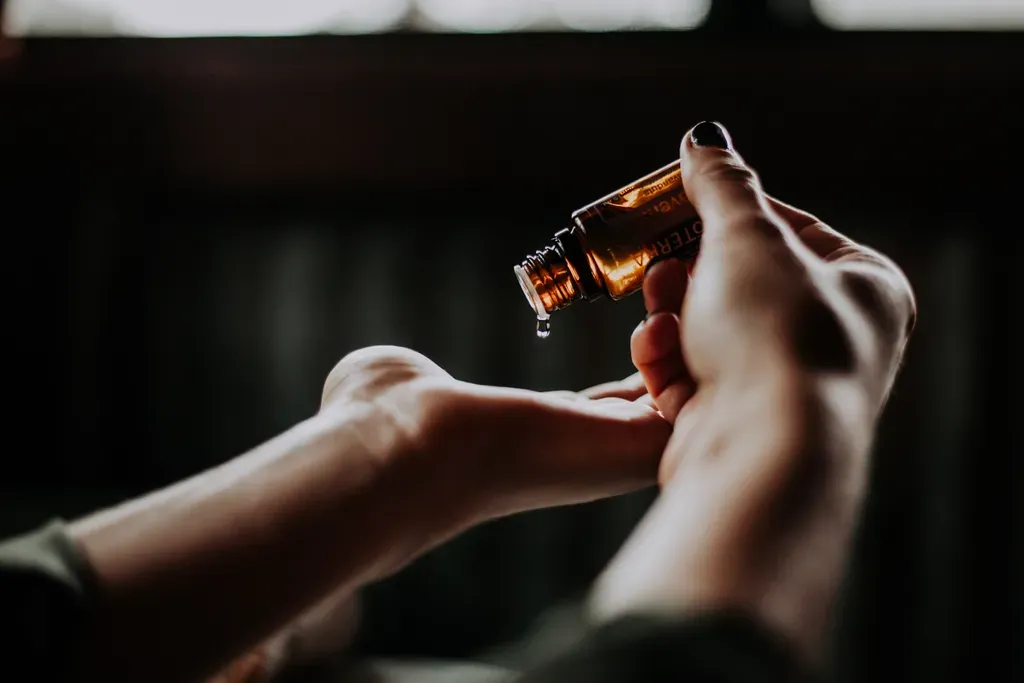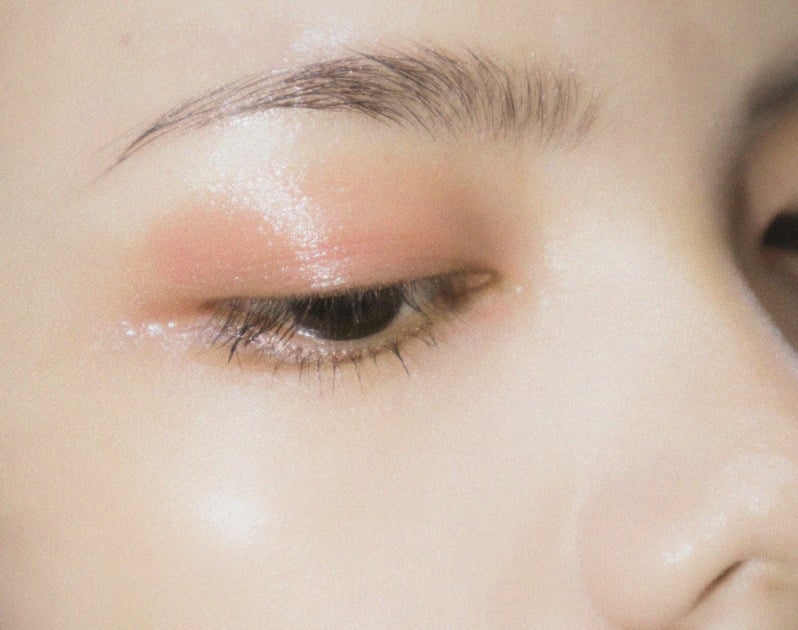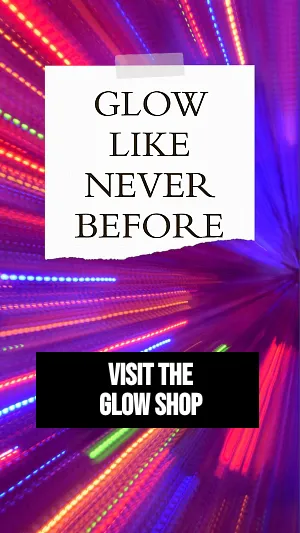Microneedling vs Laser: An In-Depth Showdown for Glowing Skin
Are you considering more in-depth procedures for more glowing skin? Then you've likely heard about microneedling and laser resurfacing. These two skin-reviving treatments are commonly used when it comes to improving texture, fading scars, and erasing signs of damage.
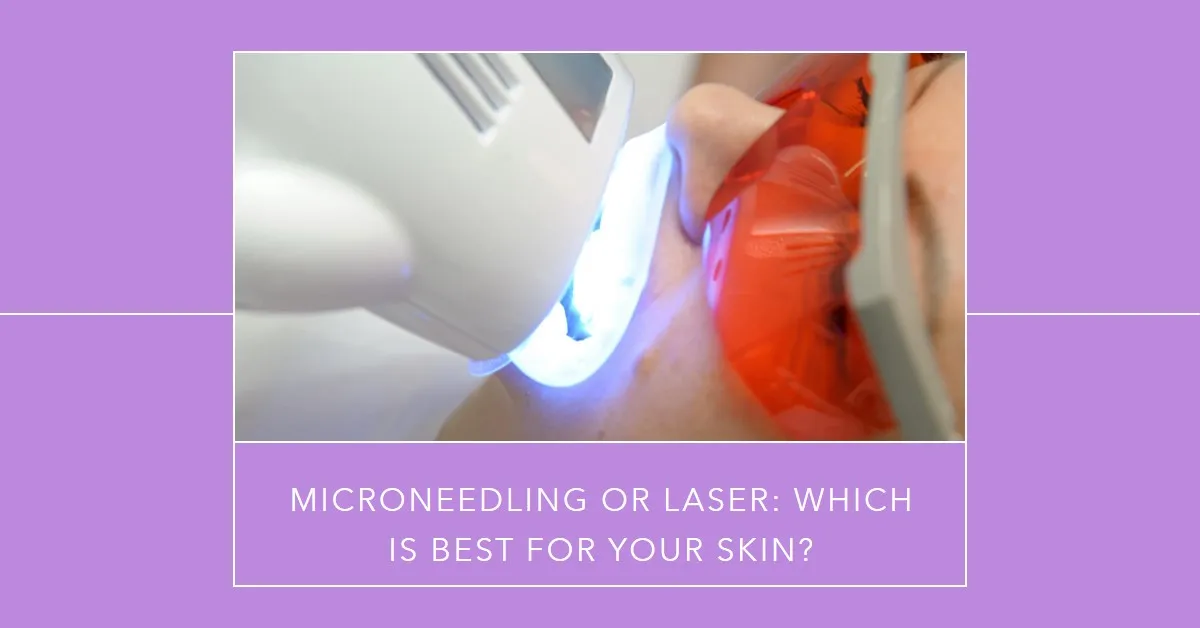
But which one is right for you? I'm breaking down everything you need to know about microneedling and lasers. From how they work, to their benefits, drawbacks, and differences, consider this your complete guide to choosing between these two powerhouse procedures!
Microneedling: How It Works and What It Can Do
First, let's start with the basics of microneedling. Essentially, this treatment involves using tiny needles to stimulate collagen and elastin to lift, firm and smooth the complexion.
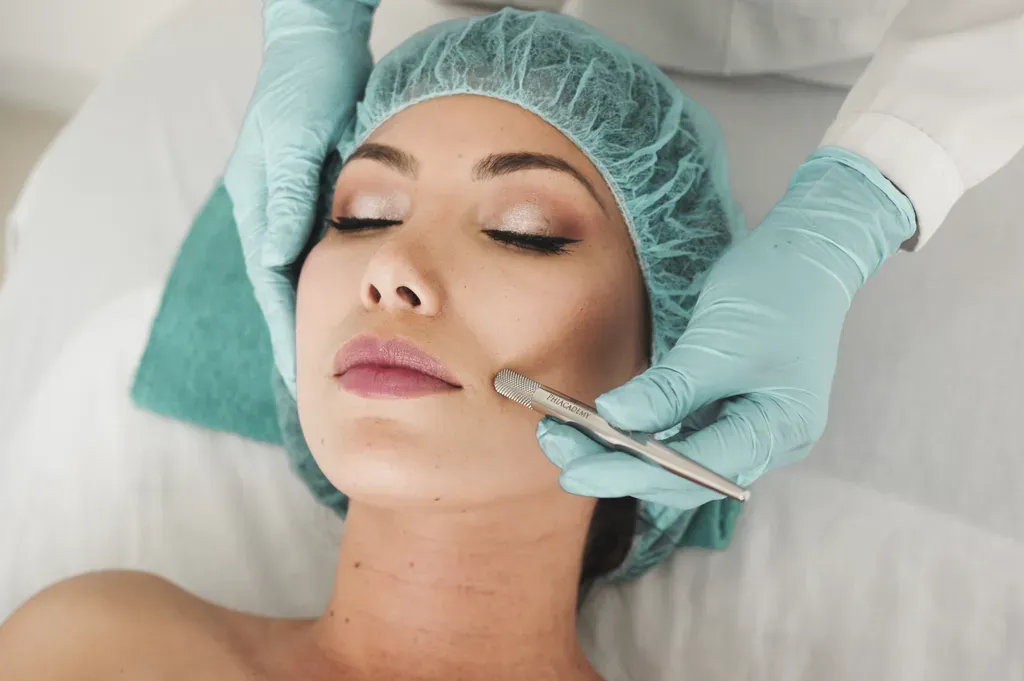
The Microneedling Procedure
Microneedling is performed using a pen-like device coated in superfine needles ranging from 0.5mm to 2.5mm in length. Your provider will glide the pen over the treatment areas, creating micro-punctures in the skin that spur collagen production and cell turnover without damaging the epidermis.
It usually takes about 30 minutes to an hour depending on the targeted area. Your provider may apply a numbing cream beforehand for comfort. You may feel some tingling and pinprick sensations during treatment.
After the Treatment: Recovery and Results
In the days following microneedling, your skin may be slightly red, swollen and sensitive, like a mild sunburn. These side effects typically resolve within 72 hours. Within a week, you'll notice smoother, glowier, more youthful looking skin!
But microneedling isn't a one-and-done treatment. You'll need 2 to 4 sessions spaced weeks apart for best results. Some maintenance sessions may be needed down the line as well.
Skin Concerns Microneedling Can Treat
Here are some of the concerns microneedling can address:
- Fine lines and wrinkles
- Enlarged pores
- Acne scarring
- Hyperpigmentation and uneven tone
- Dull, rough skin texture
The microscopic punctures jumpstart collagen production, helping improve these issues for tighter, firmer, more radiant skin.
Who Is a Good Candidate?
Microneedling is suitable for most skin types and tones when performed by an experienced esthetician. Individuals with very sensitive skin may not be good candidates though, as it may cause irritation.
It's not recommended for those who are pregnant, nursing, or have open wounds, viral infections or inflammatory skin conditions. Talk to your provider about your medical history to assess if you're a good candidate.
The Benefits of Microneedling
Here are some of the benefits you can expect from microneedling:
- Stimulates collagen and elastin for firmer, plumper skin
- Softens the appearance of fine lines, wrinkles and scars
- Brightens and evens out skin tone
- Refines enlarged pores
- Smooths rough skin texture
- Enhances absorption of skin treatments applied after
- Minimal side effects and short downtime
- Safe for most skin types when performed properly
With a series of sessions, microneedling can transform lackluster skin and address a number of aging concerns.
How Laser Skin Resurfacing Rejuvenates the Skin
Like microneedling, laser skin resurfacing helps diminish lines, wrinkles, scars and more by stimulating collagen production. But it uses concentrated laser energy rather than tiny needles to resurface the skin. Let's explore this advanced treatment.
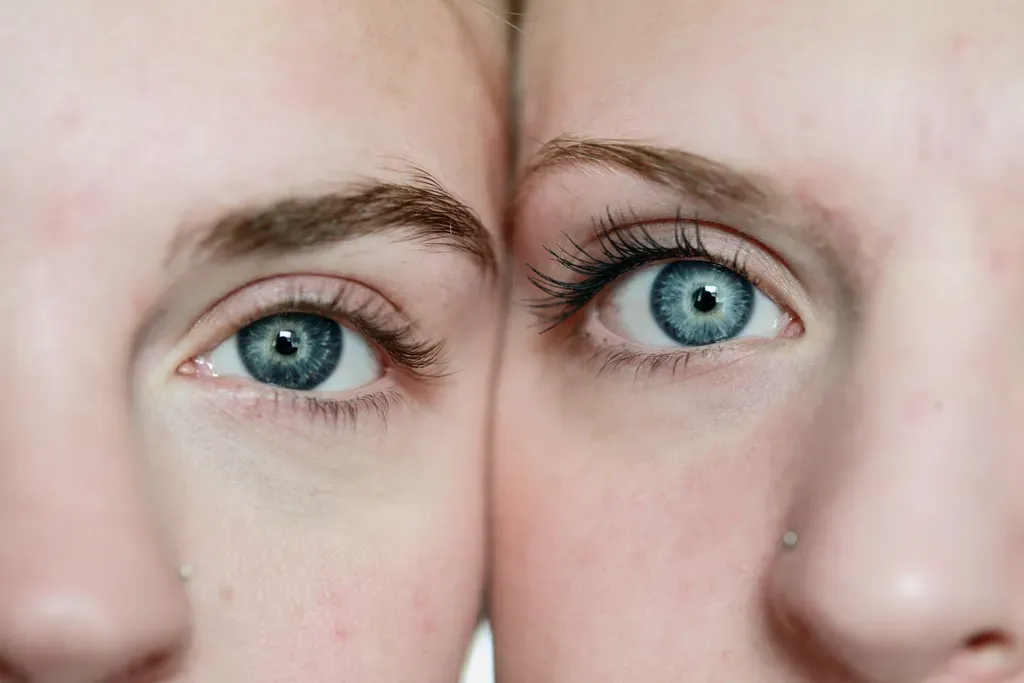
Types of Laser Resurfacing
There are two main types of lasers used:
Ablative lasers remove outer layers of skin to promote regeneration of smoother, tighter, younger-looking tissue underneath. This is the strongest laser resurfacing treatment option. Examples of ablative lasers include CO2 and Erbium Yag Laser.
Non-ablative lasers target the deeper dermis without removing the epidermis. This stimulates collagen growth with less downtime than ablative lasers. Common names for non-ablative lasers are Fraxel, CoolTouch, and NLite.
The Laser Resurfacing Procedure
During treatment, your dermatologist will pass the handheld laser device over the areas being treated. Pulses of intense laser light penetrate below the skin’s surface, stimulating collagen growth and tightening the tissue.
An ablative laser session usually takes up to 2 hours, while a non-ablative treatment can take just 30 minutes. Your dermatologist can customize the type of laser and settings based on your goals.
Recovery Time and Results
With ablative laser resurfacing, expect around 2 weeks of recovery time. Non-ablative lasers have less downtime, with redness and irritation resolving after a few days. Improvements in tone, texture, fine lines, scars and more will become visible over 6 months as collagen regenerates.
Treatment Areas and Candidates
Laser skin resurfacing is primarily performed on the face and neck. Good candidates are individuals in overall good health who don’t have active skin infections, open wounds, severe acne or a history of keloid scarring.
People with darker skin tones have a higher risk of hyperpigmentation as a side effect. Again, discuss your medical background with your dermatologist to see if laser resurfacing is a good option for you.
The Benefits of Laser Skin Resurfacing
In summary, here are the benefits laser resurfacing offers:
- Smoothes fine lines and wrinkles
- Improves overall skin texture
- Evens out skin tone
- Reduces acne scars and other scarring
- Tightens and lifts sagging areas
- Removes pre-cancerous lesions
- Extracts blackheads and whiteheads
- Long lasting results with maintenance
Lasers provide powerful remodeling of the dermis for significant anti-aging effects. Now that we've covered both treatments, let's compare them head-to-head:
Microneedling vs. Laser Resurfacing: Side by Side Comparison
Now that we've covered the basics of both microneedling and laser resurfacing, let's compare these two game-changing skin treatments.
Cost Comparison
- Microneedling sessions range from $100-$700 per treatment depending on the provider and location. Most people require 4-6 sessions spaced 4-6 weeks apart. There are also at-home microneedling devices available for under $100.
- Laser resurfacing costs between $1,000-$5,000 per session on average. The number of sessions needed varies based on your goals, from just one for mild improvements to 3 or more for significant correction of deep wrinkles, scars, etc.
- Winner: Microneedling
Microneedling is more budget-friendly overall, making it the more accessible option for most. Lasers are a significant investment in terms of cost per treatment.
Downtime Comparison
- With microneedling, you may experience some redness and sensitivity for 2-4 days after. Most people can resume regular activities within a day or two.
- Laser resurfacing involves more significant downtime depending on whether ablative or non-ablative lasers are used. Ablative laser recovery can take 2+ weeks, while non-ablative laser downtime is around 3-5 days.
- Winner: Microneedling
While laser results are more dramatic, the downtime is also more extensive. Microneedling better accommodates busy lifestyles with minimal disruption.
Procedure Comparison
- Microneedling takes 30-60 minutes per session. Most patients report it as relatively painless, with numbing cream applied beforehand.
- Laser resurfacing sessions take 30 minutes to 2 hours depending on the areas treated. Some discomfort during the procedure may occur, which can be managed with pain medication.
- Winner: Microneedling
Microneedling is a quicker, more comfortable treatment process for most patients. Lasers involve a longer procedure with some potential discomfort.
Results Comparison
- Microneedling improves texture, fine lines, scars, tone and firmness moderately over time. Monthly maintenance is recommended. Improvements are more gradual and natural.
- A series of laser resurfacing sessions can dramatically correct more severe wrinkles, scars, sun damage and sagging skin. However, results may look more artificial if taken too far.
- Winner: Lasers (for dramatic correction), Microneedling (for subtle improvement)
For patients seeking major correction, lasers deliver more dramatic improvements. Those desiring moderate enhancement are better suited to microneedling's natural-looking improvements over time.
Side Effects Comparison
- Microneedling may cause short-term redness, tenderness, swelling. Infection, pigmentation changes are rare if properly performed.
- Laser resurfacing poses risks like infections

